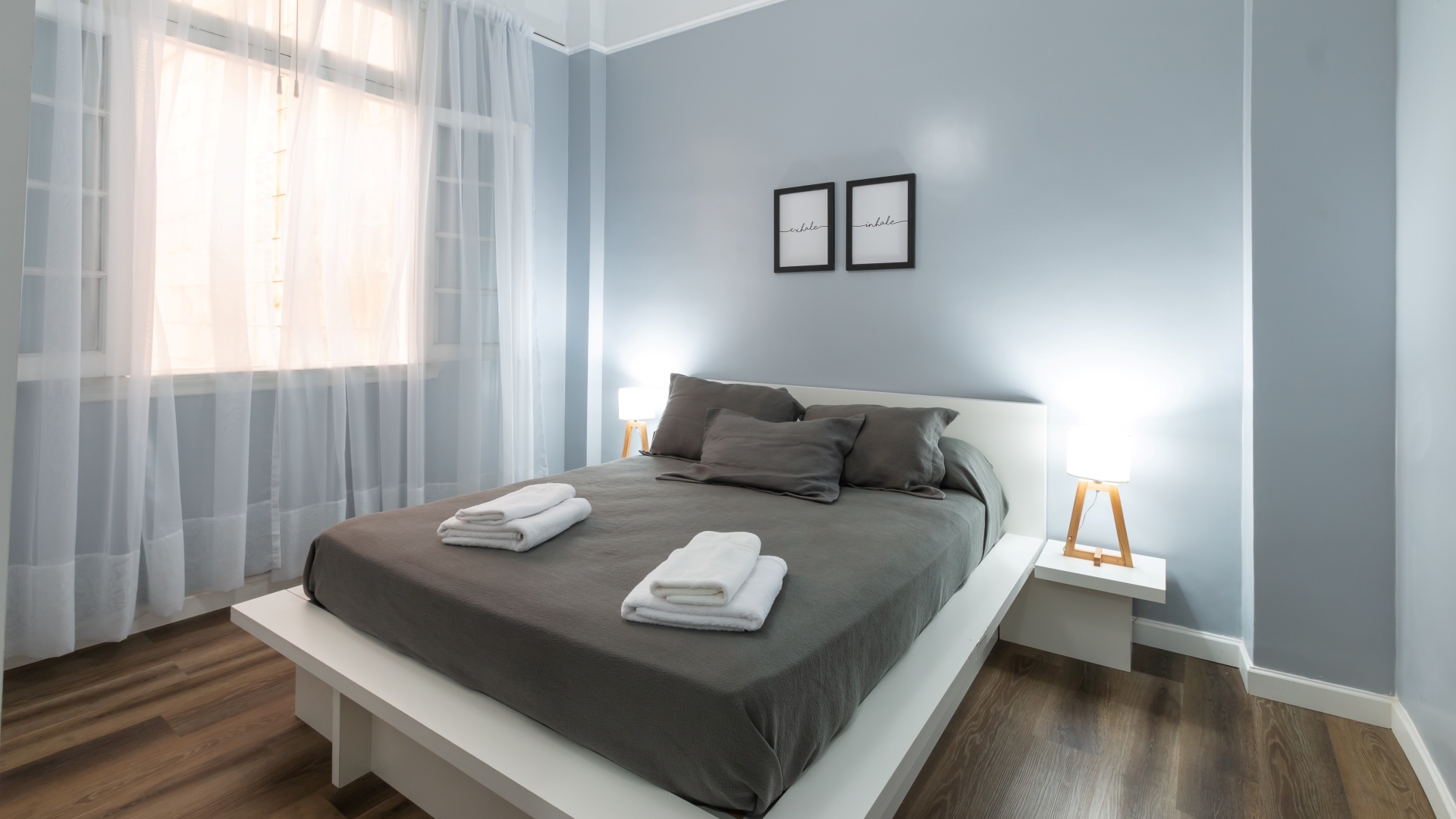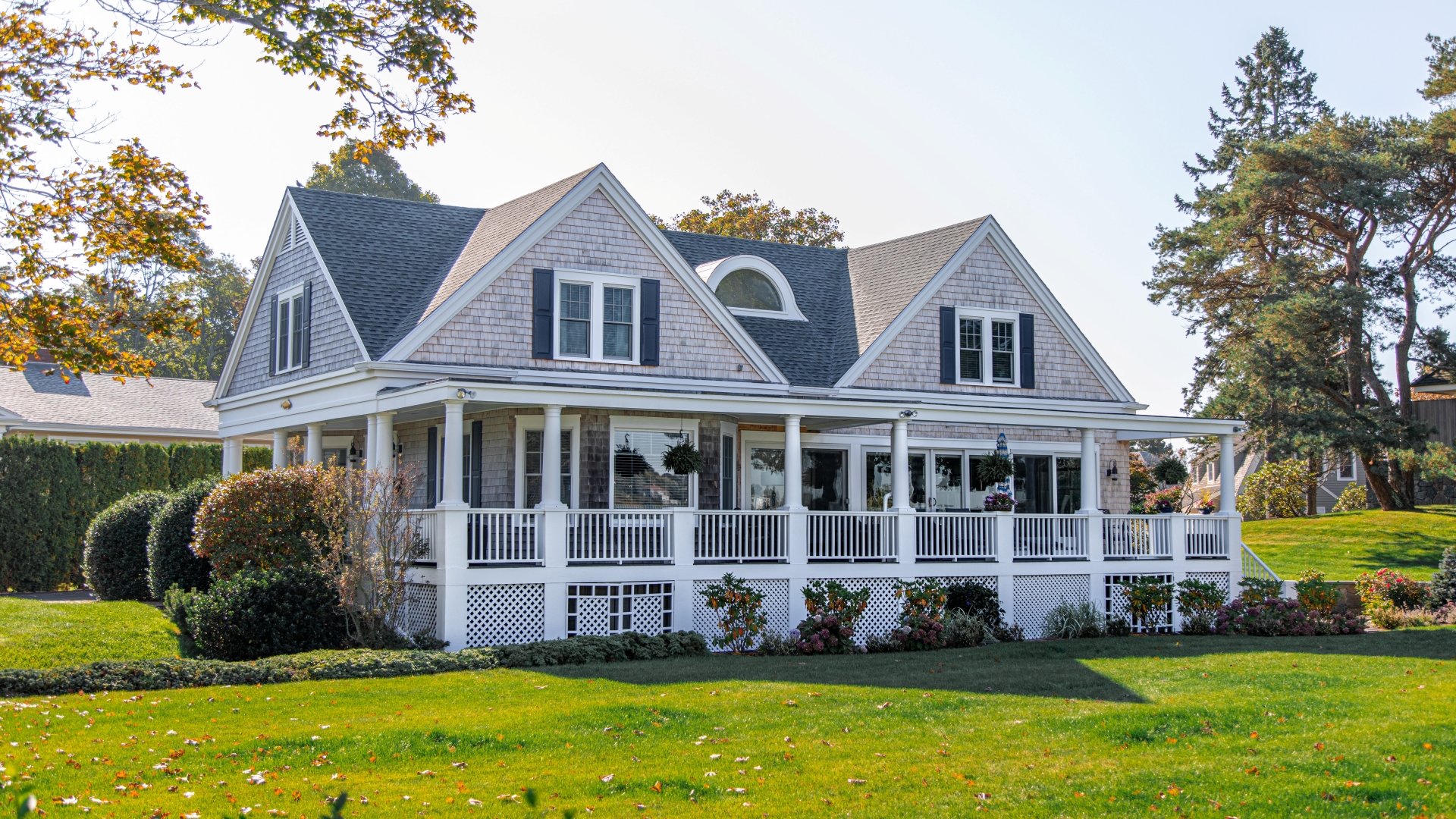Our modern lives are increasingly connected to digital screens and devices. Whether it’s the computer we use for work, the mobiles we use to stay in touch with friends, or the TV we watch when we get home every night, digitisation is on the rise.
However, humans have an inexorable link with nature. As we become ever more disconnected from the natural world, our mental and physical well-being can suffer. This is why architects and interior designers are working to bring more of the natural world into homes and buildings. Read on to find out how they’re doing it.
Wooden Flooring
When you enter a home, or any building for that matter, one of the first things you notice is the floor. It’s the surface we walk on that supports all furniture and ornamental elements in a space, and the material used can significantly influence a room’s overall tone and appearance.
Solid wood flooring has long been a popular choice among architects and designers. Originally, this was for practical reasons, as wood is tough and durable. Now, wood is being used for its natural qualities. It can bring a bit of the natural world into an interior space and can immediately put us in the mind of a lush forest or a cosy log cabin.
Natural Materials
Natural materials such as wood can be used for other elements beyond the floor. Furniture made from wood can be extremely effective at bringing the natural world indoors. When used in combination with other natural materials, such as stone, architects can create buildings and structures that reflect and represent the world around them rather than trying to shut it out.
Natural Light
Light is an incredibly important but often overlooked element when it comes to interior design. Light can influence how a space feels and can significantly alter our perceptions of size and scale.
Natural light has many benefits for us, both physically and mentally. By bringing more natural light into homes and buildings, architects can make them feel more open and spacious. Large windows are perfect for this. Not only do they let in more natural light, but they also offer a greater view of the outside world. This makes buildings feel more like a part of nature rather than a separate construction that is closed off from it.
Greenery
Bringing plants and greenery indoors might sound like an obvious step, but it is perhaps the most effective way architects and designers can bring nature indoors. Indoor plants have been proven to offer us a number of benefits; they can improve our mood and even increase productivity levels when brought into commercial spaces.
A building filled with plants and greenery will be more attractive and welcoming, ideal for both homes and commercial spaces.
Colour Schemes
Colour plays an incredibly important role in interior spaces. It can establish an atmosphere, set a tone, and influence our mood and emotions. Different colours can have different effects. Blue, for example, can make us feel peaceful and tranquil, while red can make us feel energised and motivated.
When looking to bring nature indoors, colour is one of the most effective tools at our disposal. Natural colours and tones, such as greens and browns, are particularly useful. These can bring life and vibrancy to a space, making things feel less artificial and more connected to the natural world.
Conclusion
As we spend less and less time outdoors, it’s essential that we find new ones to maintain our connection to the natural world. Architects and interior designers have devised numerous ways to bring nature indoors, with techniques that can make our homes, buildings, and buildings feel less artificial and more like a part of the world that surrounds us.











